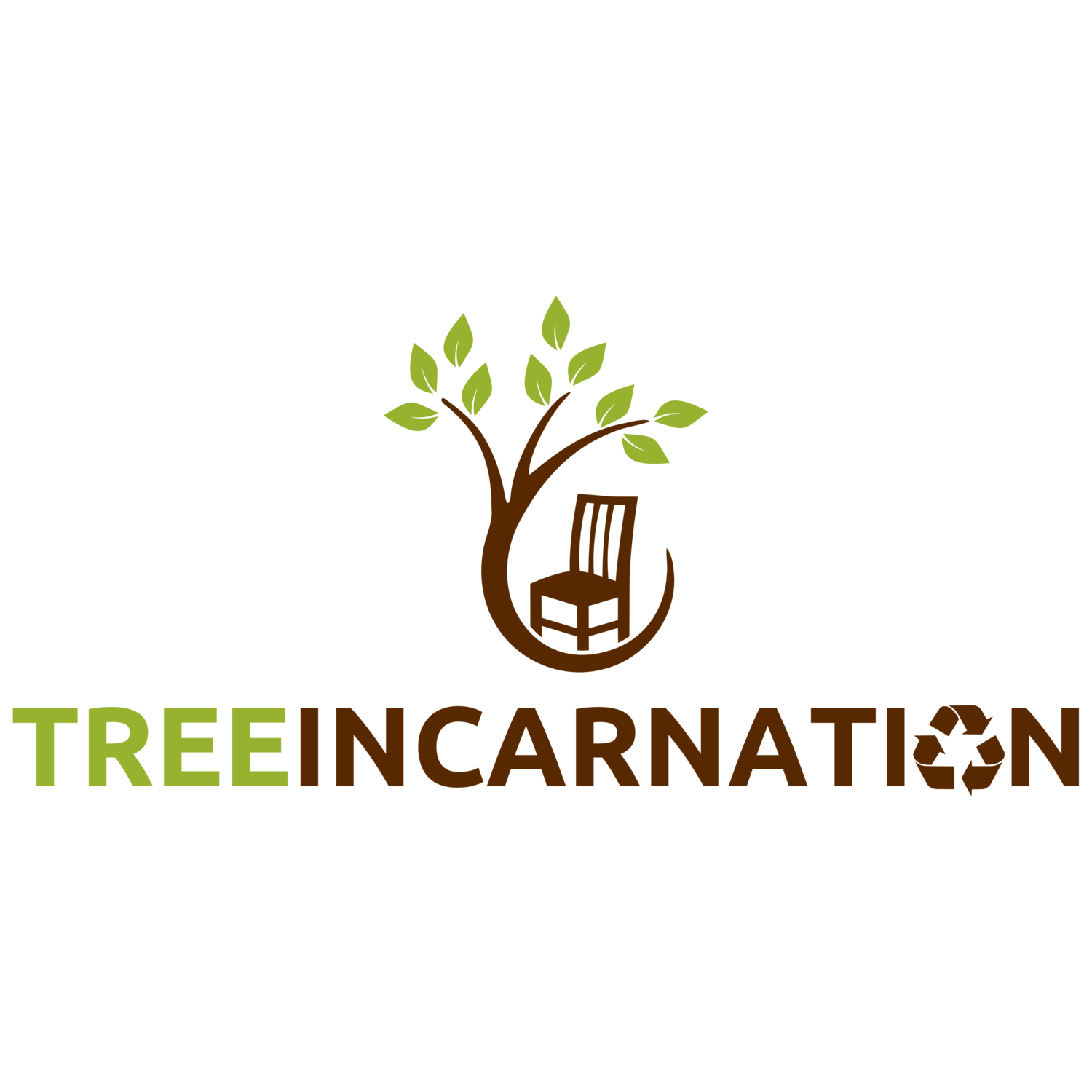Proper tree care is essential for maintaining the health, beauty, and safety of the trees in your garden or landscape. One crucial aspect of tree care is pruning, which involves the selective removal of branches to promote growth, improve structure, and enhance overall tree health. In this blog post, we will delve into the significance of pruning and provide you with essential tips on how often to prune your trees and the best time to prune fruit trees.
Understanding the Basics of Tree Pruning: Tree pruning is a fundamental practice that offers numerous benefits. It helps to shape the tree's structure, control its size, and promote airflow and sunlight penetration, leading to healthy growth. Additionally, pruning can prevent potential hazards, such as weak or damaged branches, from posing a threat to your property and the safety of those around it.
Determining the Pruning Frequency: The frequency of pruning largely depends on the type and age of the tree. Most deciduous trees benefit from regular pruning every 2-3 years, while younger trees may require more frequent pruning to shape their growth. On the other hand, mature trees typically need pruning every 3-5 years to maintain their health and aesthetics. However, it's important to note that certain circumstances, such as storm damage or disease, may necessitate more immediate pruning.
Best Time to Prune Fruit Trees: If you have fruit trees in your garden, timing is crucial when it comes to pruning. Pruning fruit trees during the dormant season, typically in late winter or early spring before bud break, is generally recommended. This dormant period allows the tree to recover quickly from pruning stress and promotes vigorous regrowth in the upcoming growing season. It's essential to prune before the new buds emerge to avoid excessive sap flow and potential disease susceptibility.
Pruning Techniques and Tips: To ensure successful pruning, it's essential to follow proper techniques. Start by removing dead, damaged, or diseased branches, as well as any crossing or rubbing branches. This helps eliminate potential entry points for pests and diseases while improving the tree's overall appearance. When making cuts, use clean, sharp pruningtools to create clean, angled cuts just outside the branch collar. Avoid leaving stubs or making flush cuts, as they can impede healing and invite infections.
How to make clean cuts when pruning trees
Safety Considerations: While pruning is beneficial, it's crucial to prioritize safety during the process. For larger trees or those with branches located near utility lines or structures, it's advisable to seek professional assistance from certified arborists who are equipped to handle the task safely. They have the necessary training, experience, and specialized equipment to prune trees effectively while minimizing potential risks.
Conclusion: Pruning plays a vital role in maintaining the health, structure, and aesthetics of your trees. By following proper pruning techniques and understanding the specific needs of your trees, you can ensure their longevity and minimize potential hazards. Remember to consider the recommended pruning frequency based on the type and age of your trees, and for fruit trees, plan your pruning during the dormant season for optimal results. If you are unsure about pruning techniques or have concerns about safety, it's always wise to consult with professional arborists who can provide expert advice and assistance.
By dedicating time and effort to the pruning process, you'll not only enhance the beauty of your landscape but also create a safer environment for everyone to enjoy the wonders of healthy, well-maintained trees.
Give us a call today to see how we can help make your trees the healthiest they can be.
